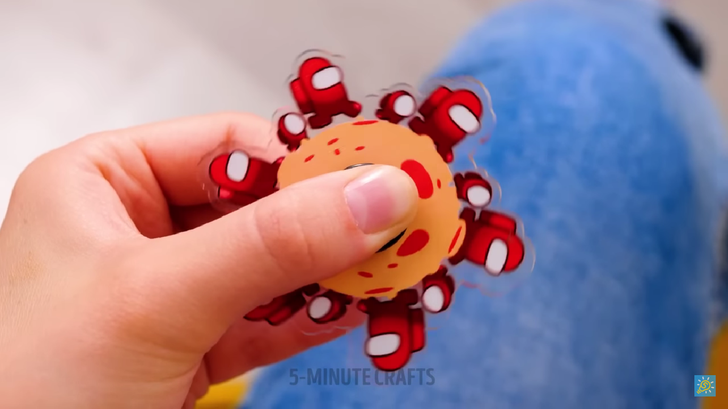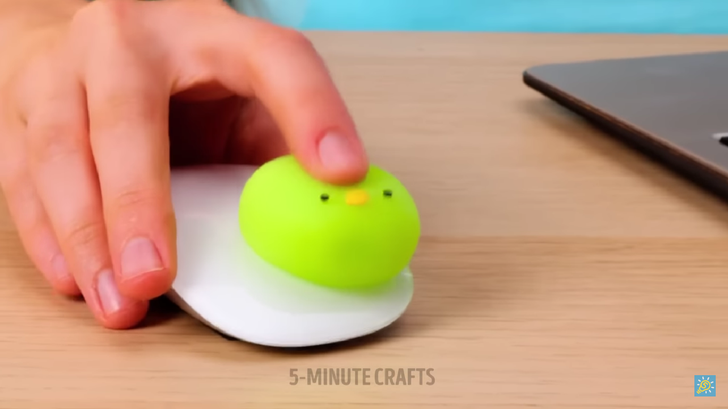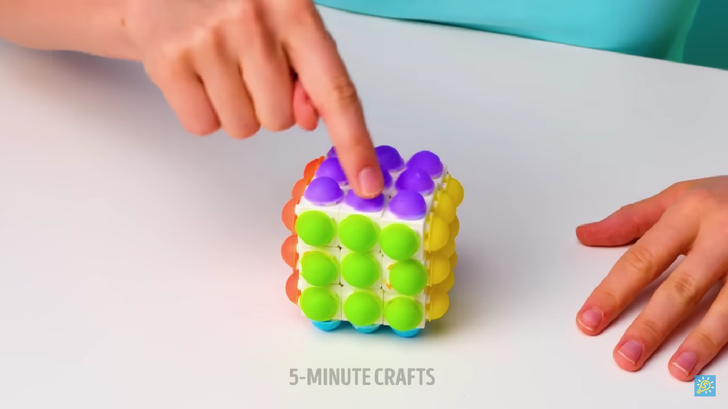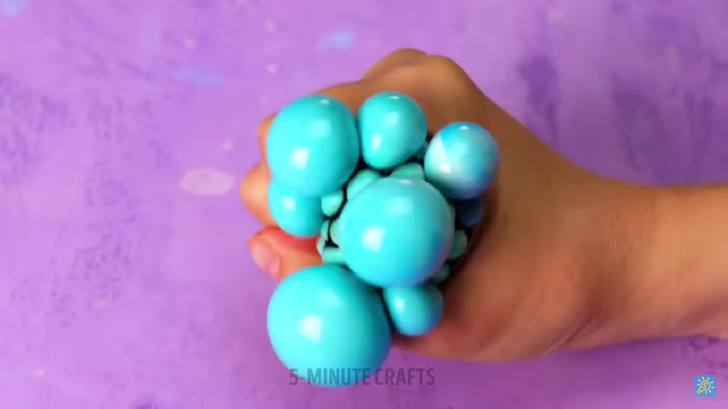How to exploit the power of fidget toys to relieve stress and boost performance

In a world that never seems to slow down, stress has become an unwelcome companion in our daily lives. The constant demands of work, study, and personal responsibilities can take a toll on our mental well-being. Fortunately, there’s a simple and enjoyable solution at our fingertips: fidget toys. These unassuming gadgets, once relegated to the realm of school desks and boardrooms, have emerged as powerful tools for stress relief and brain enhancement. Here, we’ll delve into the science behind fidget toys and explore why they are a fantastic way to combat stress while boosting cognitive function.
1. What’s the secret behind the satisfying fidget revolution

Fidget toys, once dismissed as mere novelties, have emerged as tools of remarkable therapeutic value. These small, handheld gadgets are designed to engage our hands and minds, offering an outlet for excess energy and anxiety. They come in various forms; spinners, cubes, stress balls, and more. Each catering to unique sensory experiences.

Fidget toys provide a tactile and repetitive activity that can soothe frayed nerves. The rhythmic motions of spinning, clicking, or squeezing can induce a sense of calm, making them particularly effective in high-stress situations.
2. How to use this type of toys to your favor

- Mindful Distraction: Engaging with fidget toys allows to redirect our focus from stressful thoughts to the sensory experience at hand. This act of mindfulness can break the cycle of anxious rumination.

- Increased Productivity: Fidgeting can boost productivity by keeping the brain engaged during mundane tasks. It can prevent boredom and maintain focus.

- Improved Concentration: Fidgeting can aid concentration by providing a secondary task to occupy a restless mind, making them especially beneficial for individuals with attention disorders.